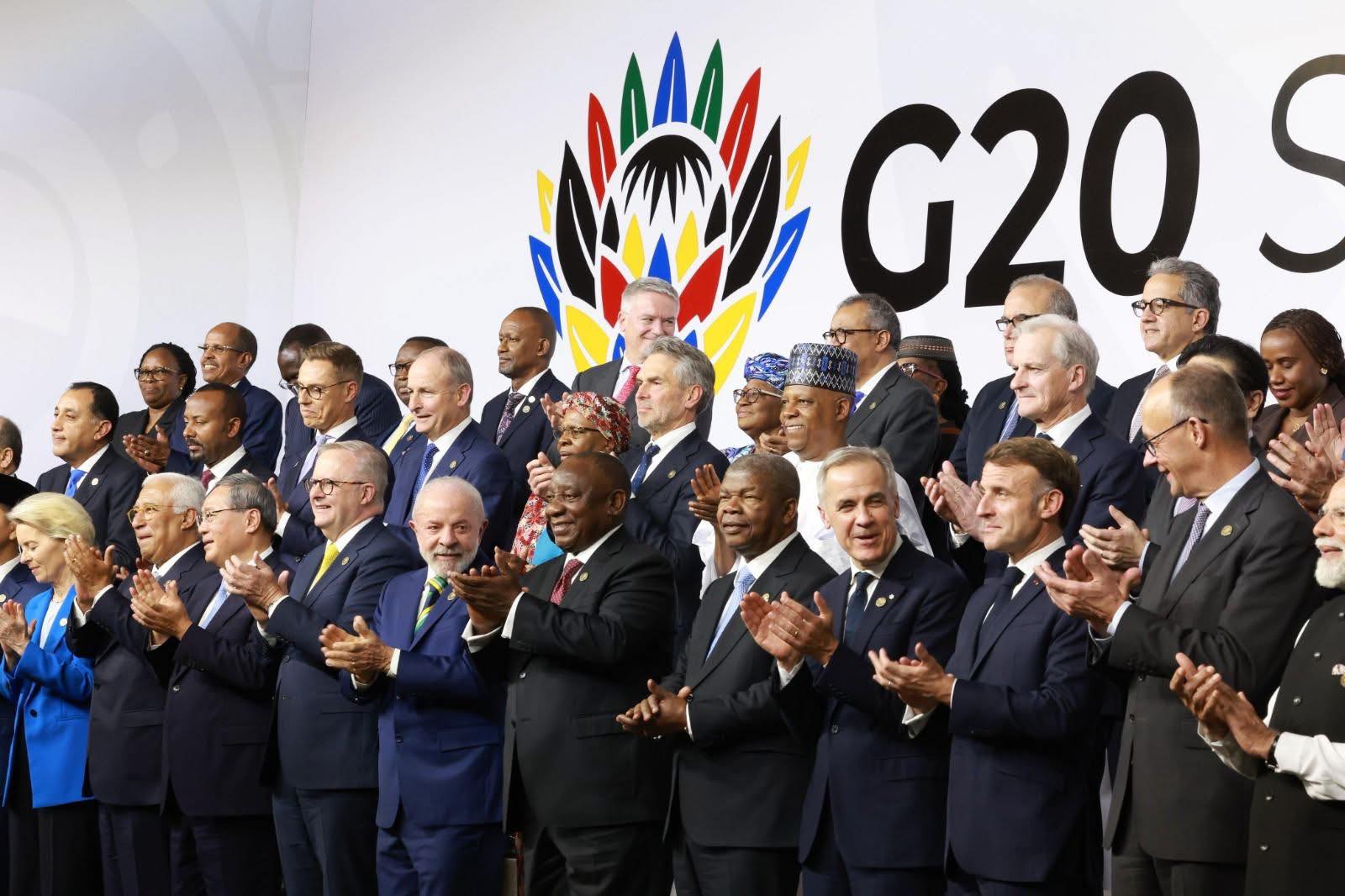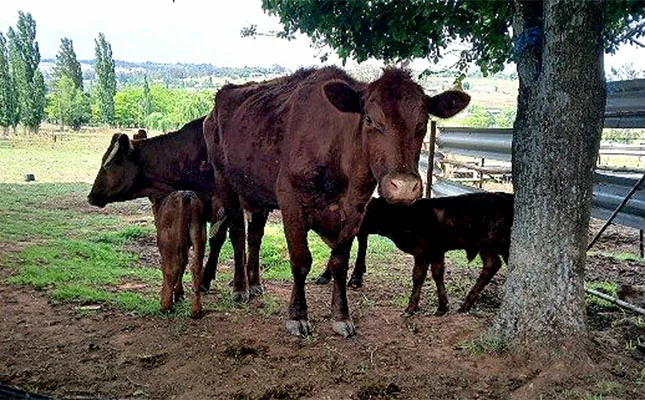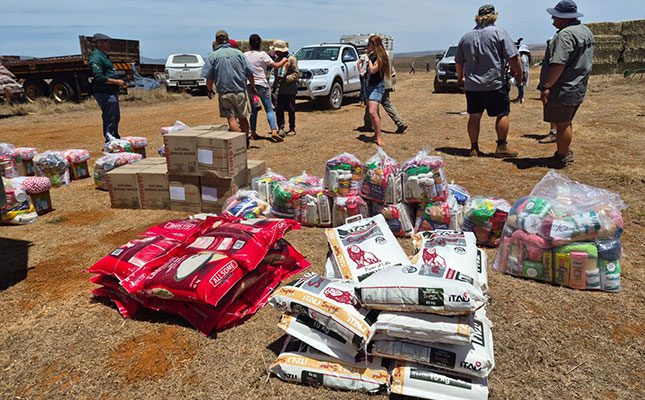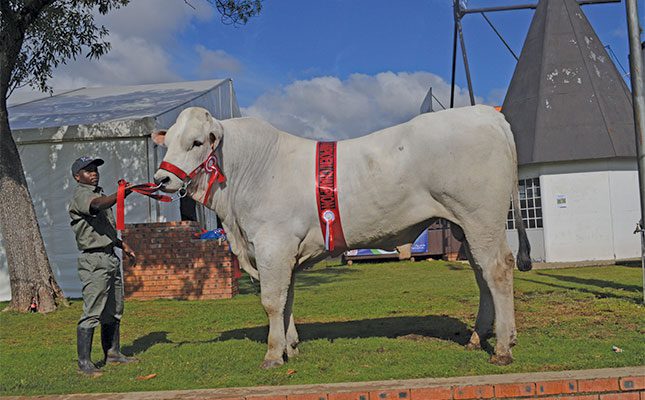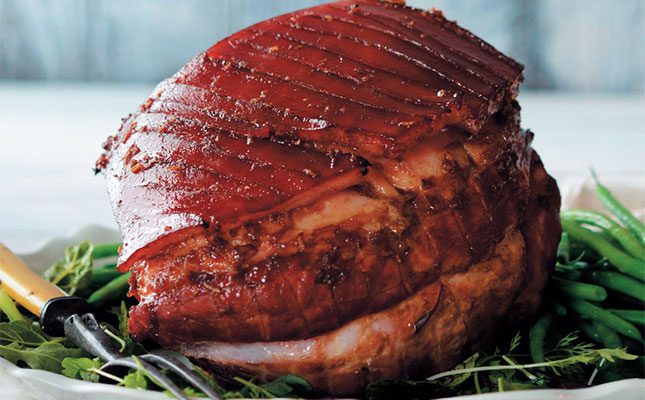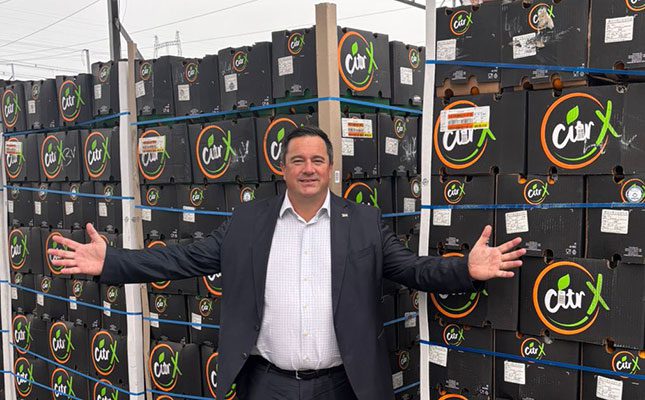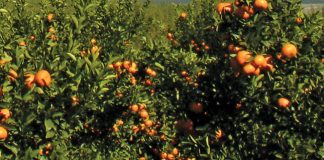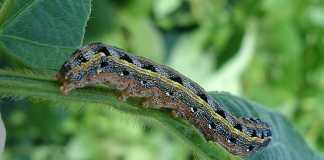A report, The State of Food Insecurity in the World 2012, revealed that nearly 870 million people, or one in eight, suffer from chronic undernourishment. The vast majority of these – 852 million – live in developing countries. A staggering 2,5 million children die from malnutrition every year.
The report, jointly published by the UN Food and Agriculture Organisation, the International Fund for Agricultural Development and the World Food Programme, makes even gloomier reading from an African perspective. Although the global number of hungry people has actually declined by 132 million over the last 10 years, hunger is increasing in Africa.
Interested in how South African agriculture is addressing this problem, I studied the Department of Agriculture, Forestry and Fisheries’ 2011/2012 annual report. According to the department, its main focus during the year under review was on alleviating poverty and improving food security.
As proof of its success, it trumpeted the fact that it had reached 119 000 farmers through a variety of programmes, including the Comprehensive Agricultural Support Programme (CASP) and Ilema/Letsema campaign. No fewer than 72 000 smallholder farmers had benefited from CASP and 47 000 subsistence farmers had received production support.
Well, I thought, does this mean we have 72 000 farmers who are productive and sustainable through the help of government? And 47 000 households with flourishing food gardens? Unable to find these answers in the report, I phoned the African Farmers’ Association of SA.
Its databases did not hit the 10 000 mark combined. And I very much doubt whether those of the National African Farmers’ Union do either. The 72 000 smallholder farmers listed in DAFF’s annual report definitely don’t belong to a union, making one wonder how these farmers were identified and selected.
Let’s get serious
It is all very well for the department to support tens of thousands of farmers, but just how meaningful is this? I’d hardly classify giving two bags of fertiliser, long after planting time, to someone trying to grow maize on 150ha as ‘support’.
I wonder whether the provincial agricultural departments have any proper record of the success or otherwise of their interventions.
From what I hear, funds are more often than not simply dished out, people fill in a register, and that’s the end of it. Whether the interventions have succeeded or failed, all beneficiaries are totalled up and appear as statistics in the annual report. There have been stories of people who don’t own a single goat yet have received handouts from government. This happens because the provincial departments refuse to work with organised agriculture.
If South Africa is serious about fighting poverty, creating employment and improving food security, the department should come up with real benefits – and implement them properly to produce real beneficiaries.

